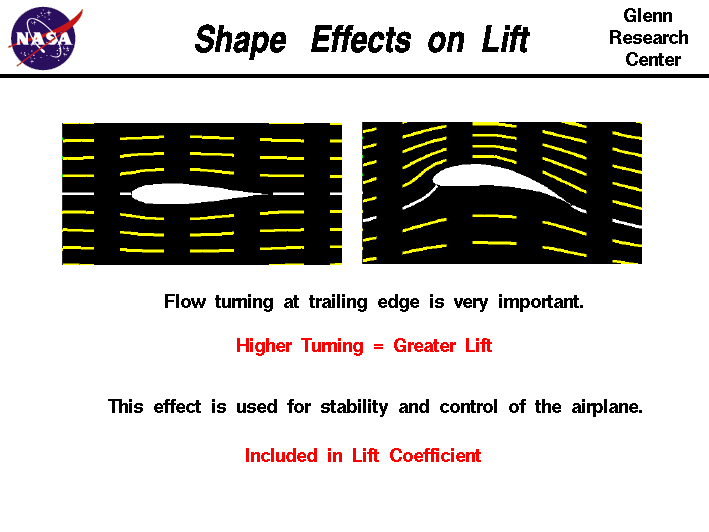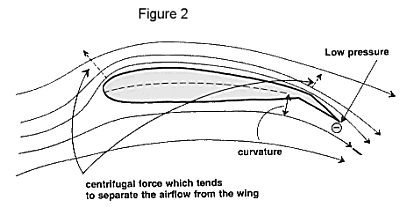Is this your illustration? In my opinion, it shows correctly the inside of the mirror, just not the overall flow structure. Here's why. Take a look at my (very humble) illustration of airflow around SF70-H side pod inlet and a bit inside the intake as well.
It was made a year ago.

In front of every opening on bodywork, every slot or similar, there will be a high pressure zone. The air will want to go around this zone, either up, down or sideways. You can see this on any flow viz photo of side pod inlet, like this (I even made an
accidental prophecy on MCL33 inlet shape, yay me):

Along with that, every non-symmetrical airfoil causes a disturbance in airflow direction before and after it passes the airfoil/wing.

 This
This is a very nice explanation on the subject of airfoil lift. "The amount of lift generated by an object depends on how much the flow is turned, which depends on the shape of the object." The bigger the curve - camber - of airfoil (flaps and slats are considered as theoretical parts of airfoil), the bigger the lift and consequently - the bigger the angle of airflow bend before and after the airfoil. These are some very cambered airfoils in SF70 and 71 radiator inlets.
Now, when you put all these things together, you can see how I saw the airflow around SF70-H. I don't think anything has dramatically changed there, mirrors were put very high to prevent flow obstruction at first. They were brought down a bit once team was confident they wouldn't interfere significantly. Now they are in same position as last year, with some slots.
In my view, these slots couldn't possibly turn the airflow around as much as illustrated on the picture you posted. Firstly, you'd need a big piece of bodywork to make a bend in airflow that big. Secondly, as mentioned before, in front of every opening there's a high pressure zone. This would make it an adverse pressure gradient for oncoming airflow and it would want to go around it, not towards it. It would be an entirely different story if there was a very low pressure zone inside the radiator intake.











